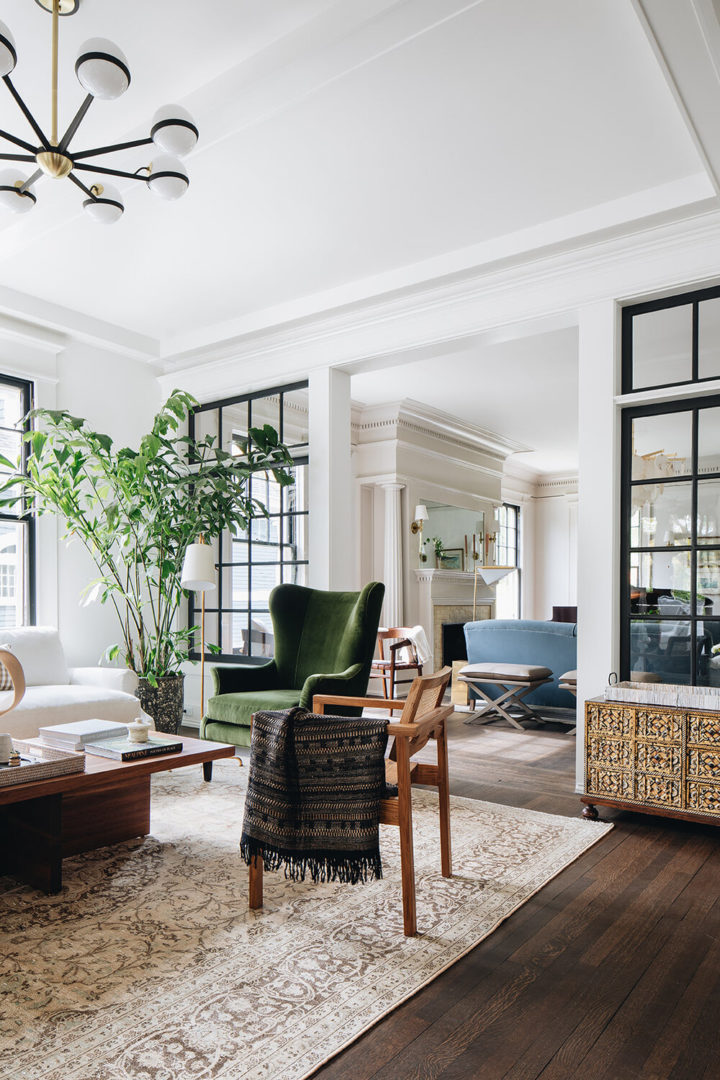A top-rated Architecture Firm can design your dream space.
A top-rated Architecture Firm can design your dream space.
Blog Article
Change Your Home With Important Concepts of Interior Decoration and Visual Appeals
By comprehending the influence of shade theory and the value of texture and patterns, one can produce areas that are not just aesthetically appealing but additionally deeply personal. Achieving this balance entails more than mere design; it incorporates a tactical plan and an eager understanding of exactly how each aspect interacts within a space.
Comprehending Color Theory
Comprehending the principles of shade concept enables developers to produce spaces that resonate psychologically with residents while meeting practical needs. Each classification plays a critical role in developing harmony within an area.
The mental impact of colors is profound; warm tones such as reds and oranges evoke energy and heat, while trendy tones like blues and eco-friendlies advertise calmness and serenity. The usage of complementary shades improves aesthetic rate of interest, developing striking contrasts that can boost a room's allure.
Neutral colors, on the various other hand, function as a functional backdrop, permitting other layout elements to beam. It is necessary to think about factors such as illumination and the area's purpose when choosing a shade combination, as these can modify the perception of colors throughout the day.
Inevitably, a well-considered color pattern can change a space, promoting a feeling of comfort and style that lines up with the inhabitants' preferences. Mastery of shade concept is, therefore, a crucial ability for any indoor developer intending to produce harmonious and welcoming environments.
Achieving Balance in Design
Exactly how can developers achieve a sense of equilibrium in their areas? Attaining equilibrium in design is fundamental to creating harmonious interiors. Developers can use three main kinds of equilibrium: in proportion, asymmetrical, and radial. In proportion balance includes preparing components equally around a main factor, fostering a sense of order and tranquility. This type commonly includes sets of furnishings or art work, improving visual security.
Asymmetrical balance, on the other hand, relies upon varying elements that still achieve a cohesive look. This approach permits for even more vibrant and casual setups, supplying passion while preserving stability. By carefully picking varying sizes, shades, and structures, developers can create a visually engaging area that feels well balanced yet energised.
Radial balance stresses a central centerpiece with aspects radiating outward. This design is typically seen in circular designs, where furniture and design develop a cohesive border that draws the eye internal.
Eventually, accomplishing equilibrium needs thoughtful factor to consider of scale, percentage, and the connections in between aspects. miami interior design. By skillfully using these balance concepts, designers can change rooms into atmospheres that feel both cosmetically pleasing and functionally harmonious, improving the total experience for residents
Value of Spatial Recognition

A keen feeling of spatial awareness allows designers to identify centerpieces within a room, directing the visitor's attention to key functions while maintaining an overall sense of unity. It additionally assists in the tactical placement of lighting, which can substantially affect the understanding of area and mood. Recognizing spatial relationships enables the designer to provide to the particular needs of citizens, making certain that each location offers its intended objective without jeopardizing looks.
Eventually, spatial awareness is crucial for optimizing the potential of any type of indoor room. By meticulously thinking about the interaction in between measurements, design, and feature, designers can develop atmospheres that not just meet useful needs however also stimulate a feeling of comfort and visit their website beauty, improving the overall living experience.
Integrating Appearance and Patterns
Embracing a varied variety of appearances and patterns can considerably boost the visual and responsive appeal of an interior view publisher site area. The strategic use numerous products-- such as timber, steel, fabric, and stone-- develops deepness and interest, making a room really feel more inviting and vibrant. For circumstances, combining smooth surface areas with rough structures can develop an equilibrium that attracts the eye and involves the detects.
When including patterns, consider both scale and repetition. Large patterns can work as prime focus, while smaller, subtle styles can match other aspects without overwhelming the area. Layering patterns, such as pairing floral pillows with candy striped tosses, includes complexity and a sense of harmony if carried out thoughtfully.
It is likewise critical to keep a cohesive color combination, guaranteeing that appearances and patterns collaborate instead of contend for attention. By picking a few vital structures and patterns, you can create a merged aesthetic that mirrors your personal design while boosting the general setting of the space. Ultimately, the cautious incorporation of these aspects can change a mundane space into a sophisticated atmosphere rich with personality and warmth.
Individualizing Your Space
Producing a space that shows your individuality is essential to accomplishing a really welcoming setting. Personalization in interior decoration enables you to instill your unique style and passions right into your home, transforming it from a simple sanctuary into a haven that talks to that you are. Begin by choosing a shade scheme that resonates with your feelings-- vibrant hues can stimulate, while soft tones use harmony.
Integrate artwork and decor that reflect your enthusiasms, whether it be travel, nature, or abstract ideas. Showing individual collections, such as publications, pictures, or keepsakes, can evoke treasured memories and produce focal factors within a space. In addition, consider customizing functional items, like upholstered furnishings, to align with your visual choices.

Final Thought
To conclude, the improvement of a home through the important principles of interior design and aesthetics necessitates a comprehensive understanding of color theory, equilibrium, spatial awareness, appearance, and personalization. Each component contributes dramatically to producing a harmonious and practical living setting - miami interior design. By thoughtfully incorporating these principles, people can enhance the visual allure and emotional resonance of their rooms, ultimately fostering a home that mirrors unique identities while giving comfort and functionality
Report this page